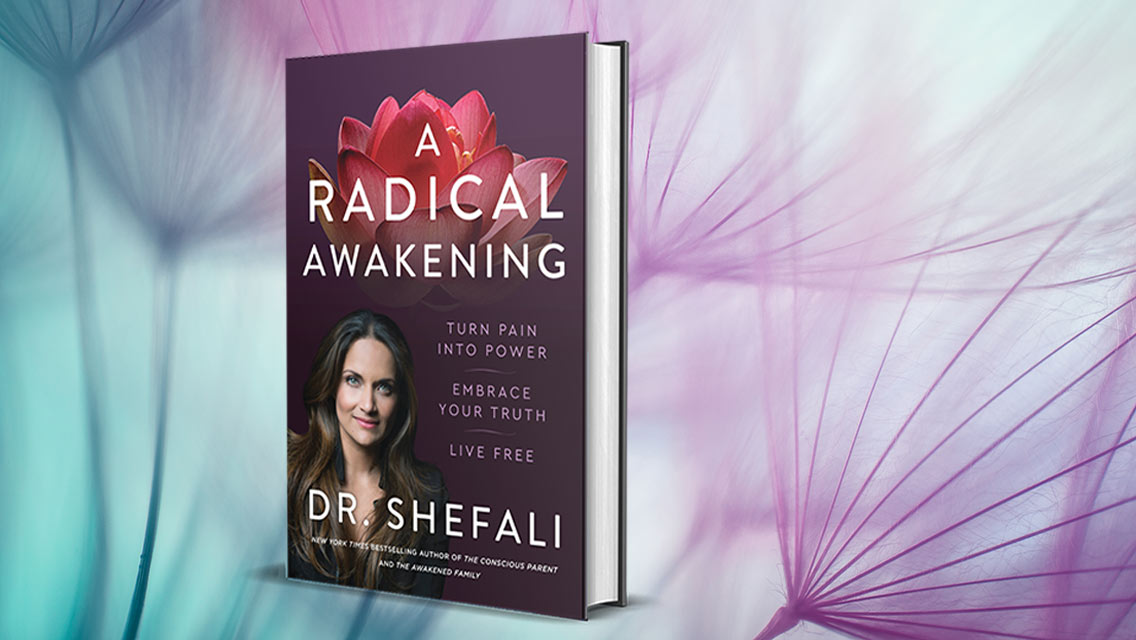Cheri Huber teaches the art of acceptance, but she suspects that if she called it that, no one would show up for class — or read her book on the topic, When You’re Falling, Dive.
“In our success-oriented, self-improvement culture, the idea of ‘learning acceptance’ is a bit of a turn-off,” explains Huber, a Zen teacher and personal development expert who counsels individuals, couples and organizations. “We tend to equate acceptance with failure, loss and settling.”
Many people naturally relate the word “acceptance” with the idea of “accepting defeat,” she notes, and so they resist it — strenuously. But in Huber’s vocabulary, acceptance has little or nothing to do with defeat. On the contrary, she sees it as a springboard to lasting, positive, quantum-leap change.
“Whether you are trying to transform your body, save your marriage or reinvent your career,” Huber asserts, “acceptance is the first and most important stop on the train line: It’s where you get on.”
Redefining Acceptance
Of course, not everyone is so eager to hop on the Acceptance Express. In fact, Huber regularly encounters people who reject the whole concept of acceptance because, as she puts it, “on some level, they believe accepting themselves will cause them to become lazy and complacent.”
Ironically, she notes, these are often the very same people who have been wrestling with a particular issue for years without having achieved any kind of healing or equanimity. “They’ll be frustrated and exhausted from the effort of beating themselves up. They’ll openly acknowledge that whatever they’ve been doing isn’t working, but still they’ll insist that the whole idea of acceptance is inherently dangerous to their progress.”
Part of the problem, it seems, is that the word “acceptance” means different things to different people. “Whenever I present students and clients with this concept, I have to explain that there really isn’t even a word in English for what I’m talking about,” says Huber. “I have to redefine the whole notion. I have to make a case for it.”
Huber starts by encouraging people to understand this: “Acceptance is not at all an ending or final resolution, as we’ve come to believe. Rather, it’s a beginning.”
In essence, she explains, acceptance is a deep, receptive, honest reckoning — one that takes you to a peaceful, self-respecting place. It’s not a moral or self-help to-do item. Nor is it some filmy mental construct lacking practical application.
“Acceptance is really pure pragmatism,” Huber says. “It’s about clearly and compassionately acknowledging what is right now — nothing more, and nothing less.”
Simple as that may sound, it doesn’t always prove easy, especially for beginners. But whether or not we take to it naturally, learning the art of acceptance is crucial, because until we allow ourselves to fully accept things as they are — right here, right now — virtually all the steps we take to change them only perpetuate our problems.
How Life Happens
In Huber’s view, acceptance is mostly a matter of being a good, honest friend — to yourself. When your close friends have problems, she notes, you do your best to help them work things through. You don’t insist that they have all their issues perfectly sorted out before you agree to be loving and supportive toward them. But you also don’t ignore their desire to change for the better.
Once we get to a quiet and more compassionate place with ourselves, it’s amazing what we can discover.
“Once we get to a quiet and more compassionate place with ourselves, it’s amazing what we can discover,” says Huber. Best of all, once you develop habits of nonjudging observation, you can put them to work proactively. “Rather than madly processing and reacting, we can use acceptance to stop all the noise and self-loathing midstream.”
To understand how acceptance can help us accomplish positive change, says Huber, it’s helpful to examine the way that we typically process our daily life experiences. She breaks the evolution down into five steps:
1. MOVEMENT: First, something happens in our lives — something shifts, slips, advances or evolves. It may be a big event, a tiny incident, someone’s passing comment or a nearly imperceptible change in the environment.
2. SENSATION: In response to that movement, we feel something physically — a twinge of pain, a flood of heat or cold, a clenching or emptiness in our body, a vibration or fluctuation we can’t name.
3. THOUGHT: Then we consciously or unconsciously identify the sensation and assign some kind of reason or meaning or value to it.
4. EMOTIONAL REACTION: Next we experience a flash of a certain feeling or a combination of them — grief, fear, anger, irritation, shame, nervousness, hurt, desire, relief, and so on.
5. BEHAVIOR: Finally, we take some kind of action or reaction, verbally, physically or attitudinally — either to stop the feeling, escape it, or to do something else about it.
Of course, in real life, this evolution is not so neat and ordered. All these events may seem to occur at once, or in a confused jumble. Also, the impacts of our behavior invariably set up new movements and new sensations, thus initiating new cycles.
There’s nothing inherently good or bad about any of this, explains Huber. It’s just the way life happens. The hitch, she says, is that most of us have been conditioned to spend the vast majority of our active time and energy working exclusively in the final three steps. Acceptance is what teaches us to more masterfully observe the first two.
Make Peace With What Is
It’s only when we come to a place of accepting our current reality that struggle ends and transformation can begin, says Zen teacher Cheri Huber: “Things stay stuck until they’re accepted.” Here’s how to start the acceptance process:
First, accept yourself — and approve of yourself as you are, reactions and all. We can’t accept anyone or anything until we accept ourselves, says Huber. So start with yourself, then expand your circle of acceptance to include others.
In exploring your reactions and feelings, pretend you’re talking and listening to a 4-year-old. Use the same simple, matter-of-fact language, compassionate tone, and gentle voice you would with a young child.
Embrace uncertainty. When we start to practice acceptance, it’s natural to feel self-recriminations and doubts. Notice the doubts and stay with them, says Huber. “Continue to say ‘yes’ until the resistance goes away.”
Insight
If you found this article enjoyable and thought-provoking, we invite you to explore our Insight department for a deeper dive into life-enriching articles on wisdom and introspection.




This Post Has 0 Comments